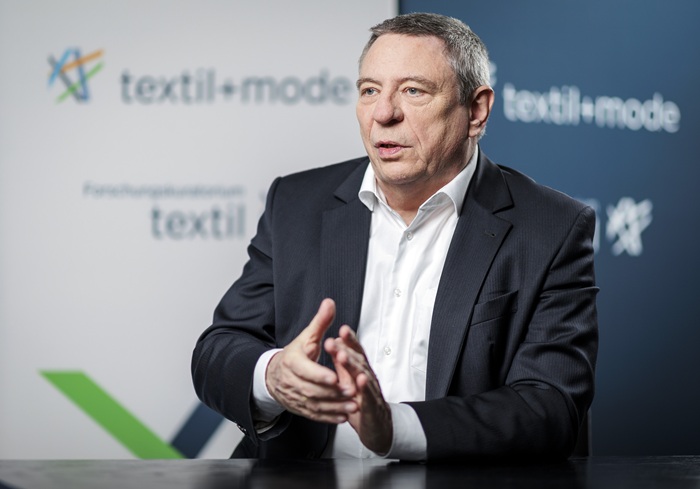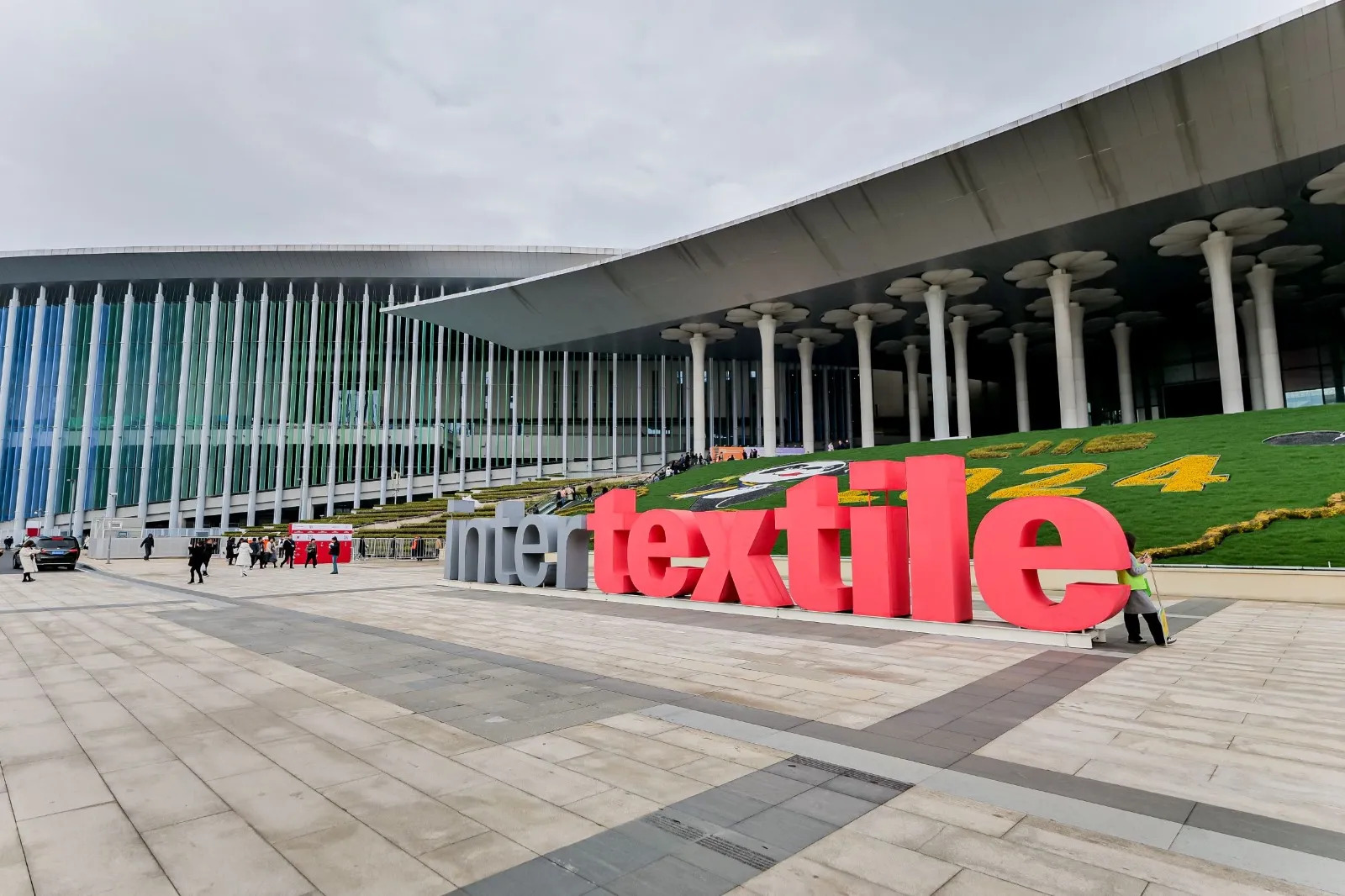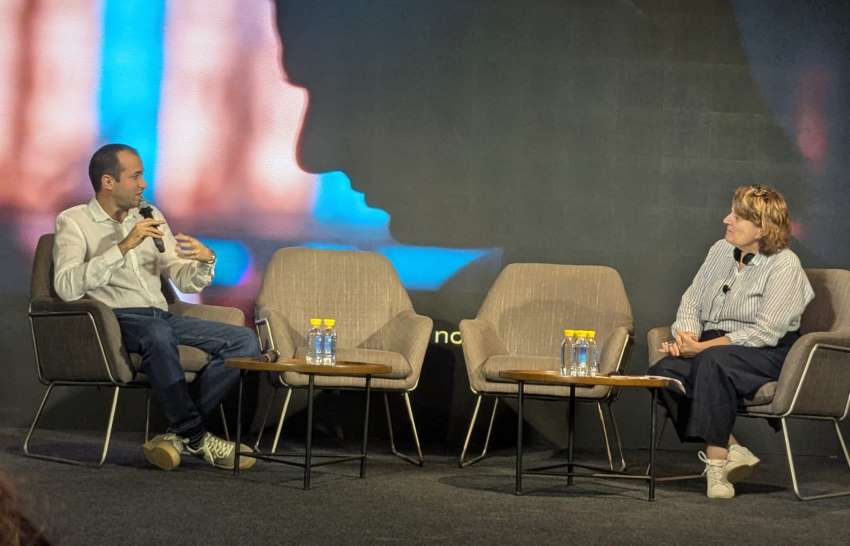FW
Though the leather industry of neighbouring countries are growing but in Pakistan, the leather garment industry is declining as far as exports are concerned. As result the industry is near to closure. Moreover the government is not paying attention to issues facing the industry, says chairman of Pakistan Leather Garments Manufacturers & Exporters Association (PLGMEA), Atif Ashraf.
He further observed the leather garment industry of Pakistan is already in distress and would collapse if the Federal government does not come forward to bail it out by giving incentives and pay extra attention to address issues. The decline in quantity of leather garments exported is around 12.35 per cent during 2015-16 from 2014-15 as per Pakistan Bureau of Statistics which is very alarming.
Unless the government announces and implements relief package for this industry, exporters will be forced to close down units causing unemployment to workers. Governments of India and China have offered high duty drawback rates to their exporters as incentive for boosting exports. While China offers 8.5 per cent duty drawback rate on export of leather garments, India offers 9.5 per cent duty drawback. The duty drawback rate in Pakistani is only 4.26 per cent for leather jackets. Ashraf strongly urged the PM and commerce minister to activate TDAP and commercial consulars in Pakistani missions abroad.
Amid a strong demand for lint from domestic mills and its potential to supply manufacturers exporting clothing and textiles to the US under a preferential trade deal, Kenya plans to revive its cotton industry, a major foreign-exchange earner until the 1980s. The government is planning to train and offer credit facilities for farmers as part of a bid to restore production that peaked at 38,000 metric tons of seed cotton in 1984-85. Currently, the country produces 15,700 tons of seed cotton creating about 5,240 tons of lint. Demand is about 37,000 tons with the shortfall imported from neighbouring countries, says Fanuel Lubanga, a development manager at the state-run Agriculture and Food Authority, Kenya.
The initiative comes as manufacturers in East Africa’s biggest economy are counting on apparel exports to the U.S. growing 5 per cent this year after the US extended its African Growth and Opportunity Act, or AGOA, by a decade. East Africa could potentially export garments worth $3 billion annually by 2025, says a 2015 McKinsey report. Affordable electricity and cheap labour with monthly salaries as low as $60 make producers such as Kenya and Ethiopia attractive to investors, the study indicated. Kenya exported clothing worth $380 million in 2015, with companies including Puma SE, Walmart, JC Penny and H&M among those sourcing garments from Kenyan Export Processing Zones that employ more than 66,000 people.
The global cellulose acetate market is expected to grow at a CAGR of around 3.6 per cent between 2016 and 2021. Cellulose acetate is a non-flammable thermoplastic polymer produced by acetylation of cellulose with acetic acid by using sulfuric acid. Cellulose acetate is available in various forms such as granules of fiber, powder, and granules. It is also obtained from wood pulp.
Cellulose acetate is widely used in the photography industry as a film base and is also used in the manufacturing of eyeglasses as a frame material. Cigarette filters, textile and apparel, photographic films, tapes and labels, and extrusion and molding are the application areas in which cellulose acetate is used.
Increase in disposable income and changes in the lifestyle of consumers in developing countries such as China, Brazil and India are predicted to boost demand for cellulose acetate in cigarettes, textiles and plastics.
Cigarette filter was the largest application segment in 2015 and it accounted for over 80 per cent of the market share in the same year. It is estimated to increase its market share over the next few years. Moreover textiles and apparel accounted for the second largest share of the global cellulose acetate market in 2015.
Following the adoption of a law that granted experimentation rights both in labs and fields and conduct of confined field trials of BT cotton, Ethiopia is gearing up to begin commercial sale of BT cotton in two years.
Endale Gebre, Director of agricultural bio technology sector at the Ethiopian Agricultural Research Institute, says they will sell the BT cotton seed varieties to the market in coming one or two years. He further added the confined field trail stage of the BT cotton has now entered final stages which will allow the cotton to be commercialised. The trials have been conducted for four years on four different varieties sourced from India and Sudan.
The field trial has been conducted in selected cotton growing areas of the country. Most activities have been undertaken in the North, South and Eastern parts of the country. Based on field results, Endale has confirmed Ethiopia will have a BT cotton variety in the plantations sometime soon.
Business for the textile and apparel industry in India has fallen by 30 to 40 per cent since demonetization. Since consumers at first had to make do with Rs 2,000 notes they deferred purchases. There was an abrupt decline in domestic sales which hit bottomlines. There was an immediate and total disruption. Sales were down completely. Retail counters wore a deserted look. Such headwinds are expected to persist for at least a quarter. Apparel sales are expected to recover gradually with the availability of new currency notes especially in lower denominations.
Many handloom, power loom and cottage fabric manufacturers continue to operate largely in cash. In the garment business, a large section of retailers at the bottom of the pyramid deals largely in cash.
The wedding season is on but consumers are in no rush to buy. People are opting for sober marriages and cutting down on wedding gear. The apparel sector, however, has hailed the overall scheme as good for the long term, on expectations of transparency in the entire value chain.
The Indian textile and apparel industry is estimated to be worth a $100 billion. It anticipates new measures which would inject liquidity into the system.
With the US President-elect Donald Trump’s saying he would reject TPP on his very first day in office, it has had a cascading effect. Business houses in South Korea who were looking forward to Vietnam’s ratification of the Trans-Pacific Partnership (TPP) are dejected and deeply disappointed.
The country is Vietnam’s largest provider of foreign direct investment (FDI) and the latter was poised to be one of the biggest gainers from the US-led trade deal involving 12 Pacific Rim nations. Though South Korea was not among the 12, the deal’s failure has hit the country’s industry and companies that have been struggling to maintain growth amid declining entrepreneurship and innovation.
South Korea’s largest business conglomerates, its famous chaebol, are long-term investors in Vietnam. They are attracted by low wages and the possibility of free trade with Asean members and TPP countries. However, the government of Vietnam has announced it will delay ratification of TPP, taking a wait-and-watch approach.
Indeed, Vietnam’s decisions first to join the deal and then delay ratification gave South Korean business houses a roller-coaster ride and a lot of companies rescheduled their investments, says Kim Bu-heung, leader of the international cooperation team at the Korea Federation of Textile Industries (KOFOTI) in Hanoi said.
A multimillion-dollar incentives package is helping attract Chinese garment makers to build a $20 million plant in Little Rock, Arkansas by the end of next year. In exchange for tax breaks and grants, Arkansas has been promised 400 new jobs over four years from the Tianyuan Garment Co in Suzhou Industrial Park.
One of the most significant perks the Arkansas Economic Development Commission (AEDC) given to Tianyuan is $500,000 towards training workers to work with highly automated robotic equipment. This is also significant because, according to a China Labour Bulletin report, a key issue for China’s government officials is the extent to which the country’s labour market can provide employers well-trained workers they need. In other words, there is a skills gap in China.
AEDC’s incentive package includes five years of ‘Create Rebate’ program, a benefit of about $1.6 million. The program provides annual cash payments of up to 5 per cent of a company’s annual payroll for new, full-time, permanent employees. For Tianyuan, it would be 3.9 per cent. It also includes a tax back program, a benefit of about $134,000 which provides sales and tax refunds on the purchase of building materials and taxable machinery and equipment. A $1 million Infrastructure Assistance Grant for building improvements and equipment at the site. Support for 20 work visas for the company’s employees among others
"Though value addition by the woven sub-sector is much lower than that of knitwear, it is the largest foreign currency earner for Bangladesh. The country earned $14.73 billion from woven garment exports while knitwear fetched $13.35 billion in the last fiscal year FY2015-16. Earning from RMG sector stood at $28.09 billion, 80 per cent of the total export earnings in the last FY, reveal data."

Though value addition by the woven sub-sector is much lower than that of knitwear, it is the largest foreign currency earner for Bangladesh. The country earned $14.73 billion from woven garment exports while knitwear fetched $13.35 billion in the last fiscal year FY2015-16. Earning from RMG sector stood at $28.09 billion, 80 per cent of the total export earnings in the last FY, reveal data.
However, Bangladesh's woven garment sub-sector, unlike the knitwear, has failed to enhance value addition to the desired level over the years mainly due to the former's large dependence on imported fabrics. Woven garment makers are now able to add value to the extent of 35 to 40 per cent as they still need to import around 60 per cent of their fabrics requirements from abroad. Local textile millers, on the other hand, supply nearly 90 and 95 per cent of the required yarn and fabric to knitwear industry.
Bringing textile heritage to the to fore

Entrepreneurs are increasingly moving towards backward linkages, especially in accessories, fabric for denim items and washing segment. Still larger part of the requirement of fabric is met with imports as the industry is huge capital intensive while scarcity of power is also a major obstacle to drawing investment in the sub-sector, they observed. Huge investment is required to set up a woven fabric unit while a knitwear unit can be established with comparatively less money, explains Faruque Hassan, Senior Vice-President, Bangladesh Garment Manufacturers and Exporters Association (BGMEA).
Lack of fresh investment due to power shortage is marring the fortunes of the industry. There is also a suspension on gas connection to new industrial units, knowing that gas supply is a must for fabric manufacturing for its sustenance. However, the country enjoys duty benefit in many of its major markets including European Union though fabric for woven items is imported. The government provides cash incentive for using local raw materials, which helps flourishing of the backward linkage industry for the knitwear sector.
Changing Scenario
Recent years have seen improved scenario due to the integrated growth of spinning units with growth of country's stitching capacity and increased demand for yarn and fabric. There are some new additions in the knitwear such as lingerie and sportswear. Value addition is majorly happening in denim with around 30 fabric companies having their base in the country. There are 413 yarn manufacturing mills that spin 2,250 million kms of yarn annually, 792 fabric manufacturing units including 30 denim and 22 home textile with 2810 million metres capacity and 240 dyeing units having fabric processing capacity of 2720 million metres, according to BTMA. The country imported about 5.5 million bales of raw cotton in 2015.
Domestic companies are capable of meeting the demand for accessories like zippers, buttons, labels, hooks, hangers, cartoons, thread, by upto 90 per cent, helping the country reduce its dependence on imports. Bangladesh initially imported accessories from China, Hong Kong, Singapore, Japan and India. The backward industry contributes 15 per cent to the total garment exports.
The handloom and handicraft sector in India is looking for new markets and opportunities. Global companies are willing to tie-up with Indian weavers and artisans. While most exports to global markets registered a decline, export of handicrafts continued to grow at 17 per cent.
A MoU has been signed with 20 e-commerce companies to engage with artisans and weavers in different handloom and handicraft clusters and help them market their products directly. This will go a long way in ensuring the clusters get the right price for their product as they are able to sell their product directly to the consumer.
Steps are being taken for skilling weavers, giving them design inputs, quality raw material, tools and upgrading their looms to empower them so that they continue to remain engaged in this craft. At design workshops weavers and artisans are informed about current market trends and the demands of the market.
Many weavers and artisans have become workers and laborers in the hands of traders or exporters. They get paid wages on a daily basis on whatever work they do a day, so instead of selling their craft and talent, they are now selling their labor. As a result, this has disinterested the young generation.
Textile mills and cotton-weaving powerlooms in Ichalkaranji, better known as the Manchester of Maharashtra, are facing a strange situation. Since demonetisation, cloth traders have been offering them payment only in invalid currency. Mills unwilling to accept such payment face the threat of cancelled orders.
Since mills have no option but to refuse, contracts worth more than Rs 100 crores have been scrapped. The demand for chemicals at the looms has gone down drastically due to cancellation of orders. The nearly 1.25 lakh looms in the town were expecting good business after the bountiful monsoon this year and had secured orders from north India and Karnataka. But their expectations have been shattered.
In just 15 days, the daily turnover at the textile hub has fallen from Rs 45 crores to Rs 13 crores. In turn workers at these units haven’t got their wages. There are more than 80,000 workers engaged in the looms and the yarning, sizing and processing units. Most of these workers are from Uttar Pradesh and Bihar. Ichalkaranji is a major textile hub in the country and sends ready made clothes to Ahmedabad, Mumbai, Madhya Pradesh, Delhi, West Bengal and Karnataka. It has thrived on the booming cotton trade that caters to the needs of major national and international brands.












